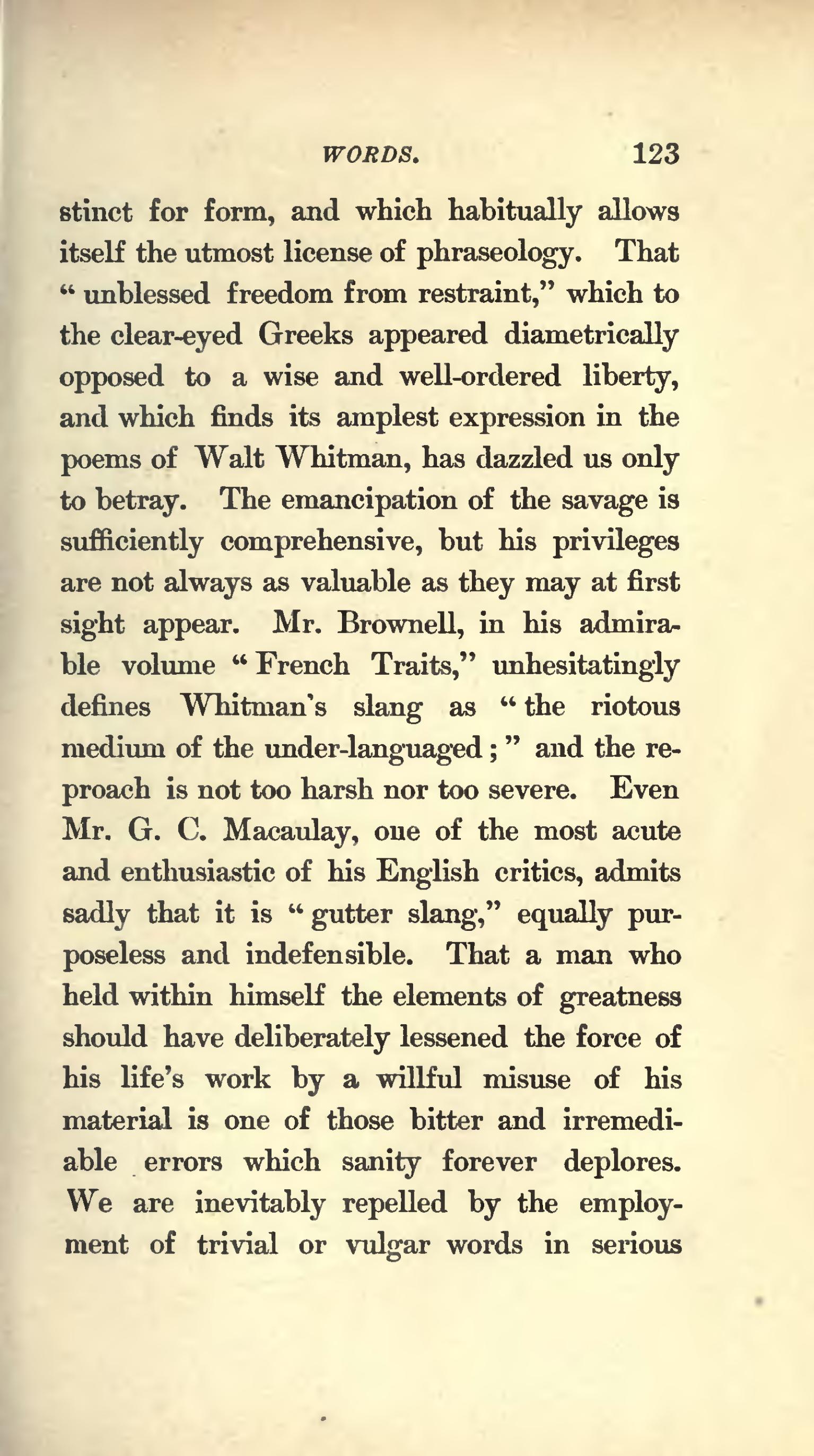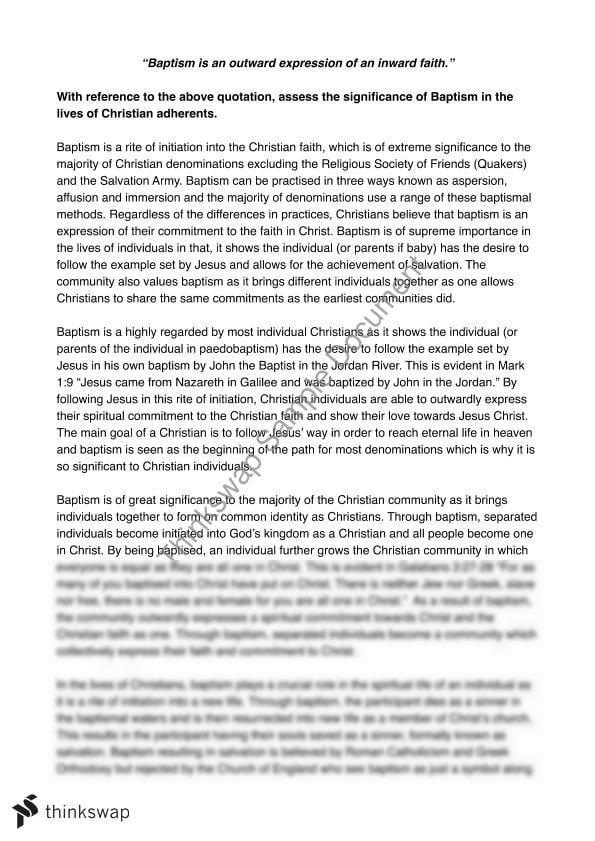
Essays in Idleness is a collection of passages by the Buddhist monk Yoshida Kenkō with passages that cover a wide range of topics from everyday concerns and life advice to religious and philosophical musings. The book was arranged in its present form hundreds of years after Kenkō's death and is considered an essential piece of literature in Japan that is a required part of the educational Another lesson Kenko teaches in his Essays in Idleness is that life is fleeting, so every day should be celebrated. Kenko writes that people should always keep in mind the constant possibility of death, and not worry too much about worldly desires. He explains · Essays in idleness analysis >>> get more info College essay self introduction “a raisin in the sun” there are 4 items in this bundle that cover lorraine “to be young, gifted, and black,” and then answer 10 questions about the text. Argumentative essay topics disabilities just how much the government should be other questions about
Coursework and Essay: Kenko essays in idleness analysis best academic challenges!
RELATED TOPIC: AN ACCOUNT OF MY HUTBY CHÔMEI. Robert Oxnam :: Kenkô, another author writing a century later [than Kamo no Chômei ], took a different perspective. A former court poet who became a priest, essays in idleness analysis, Kenkô agreed that one had to renounce the world to seek salvation. But instead of finding only sorrow in life's impermanence, he found beauty as expressed in his Essays in Idleness. Were we to live on forever — were the dews of Adashino never to vanish, the smoke on Toribeyama never to fade away — then indeed would men not feel the pity of things.
Truly the beauty of life is its uncertainty Donald Keene :: He really still believes in the eternal truths of Buddhism. He is a devout man, but at the same time he is living in this world, and he wants to make the life in this world as agreeable, essays in idleness analysis, as aesthetically pleasing, as possible. And it has worked, in a curious sense, because since the seventeenth century when his book became widely known to all classes of society, the prevailing Japanese aesthetics derive a great deal from this book.
You can talk about Japanese aesthetics in terms of this one particular book, what he preferred. Excerpt from Anthology of Japanese Literature: From the Earliest Era to the Mid-Nineteenth CenturyDonald Keene, ed. New York: Grove Press,p. Note: In most cases, Japanese writers are referenced by their family names, but Yoshida family name Kenkô personal name is commonly referred to by personal name only.
RELATED TOPIC: MEDIEVAL JAPAN RELATED TOPIC: AN ACCOUNT OF MY HUTEssays in idleness analysis CHÔMEI. Essays in Idleness was written around by Yoshida Kenkô. Buddhist beliefs were spreading in Japan at this time and are essays in idleness analysis in the literature—such as this work by Kenkô—written during this period of Medieval Japanese history.
Back to Asian Topics Home, essays in idleness analysis.
Excerpt from \
, time: 1:35Essays In Idleness By Kenko Analysis Of Financial Statements

· This Essays In Idleness By Kenko Analysis Of Financial Statements means that the court could not rule out fraud as the establishment of the business was not out of sham Farrar, Many figures in history have shaped both of these fields and contributed to them in many ways including belief systems regarding the nature of the world, human existence, and ethics Essays in Idleness was written around by Yoshida Kenkô. Buddhist beliefs were spreading in Japan at this time and are reflected in the literature—such as this work by Kenkô—written during this period of Medieval Japanese history. Robert Oxnam:: Kenkô, another author writing a century later [than Kamo no Chômei ], took a different perspective. A former court poet who became a priest, Kenkô agreed that In Yoshida Kenkō ; Essays in Idleness, ), became, especially after the 17th century, a basic part of Japanese education, and his views have had a prominent place in subsequent Japanese life

No comments:
Post a Comment